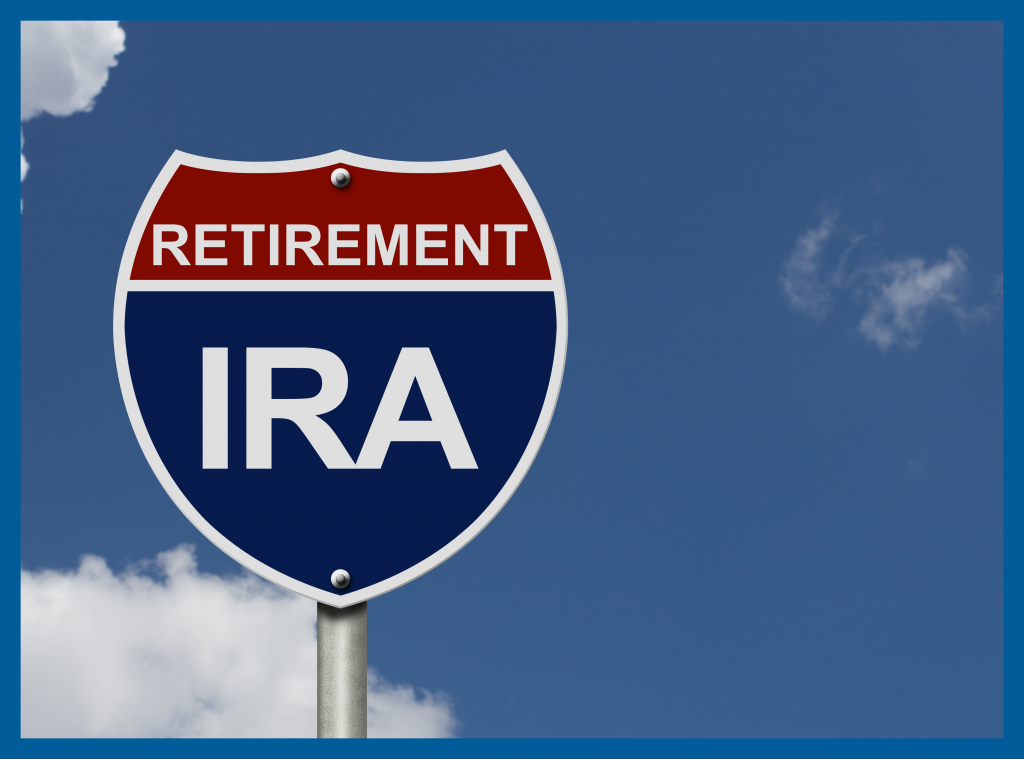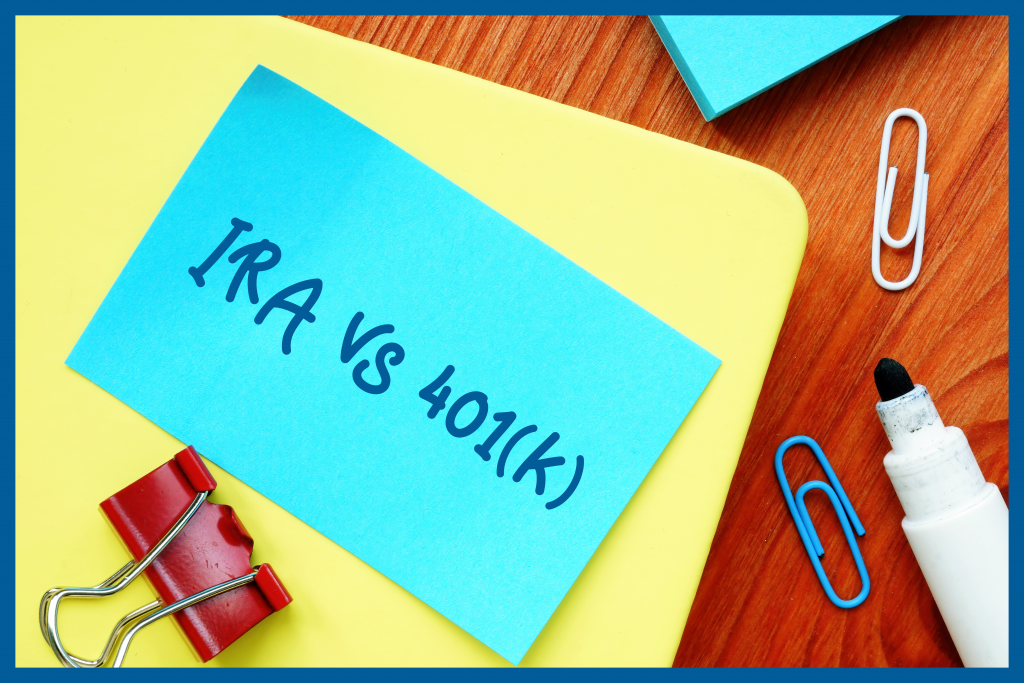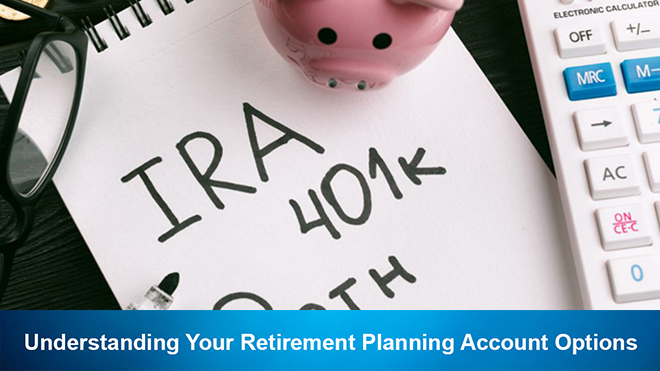Saving for retirement isn’t a one-size-fits-all process. In fact it goes way beyond stashing money away each month. Since every situation is unique, it’s important to look for a retirement account that best lines up with your circumstances and future goals.
No matter what your goals are, saving and planning for retirement now isn’t just a good idea, it’s a smart idea that will impact the outcome of your retirement years. So what retirement account is right for you? And where do you even start?
No matter what stage in life you’re currently at, cluing up on the types of accounts available is a powerful tool to behold as you begin future-proofing your golden years.
To help figure out the best way forward with your retirement planning, let’s walk through the types of retirement accounts available in 2020.


If your employer offers a 401(k) retirement plan (or a 403(b) for teachers, ministers and those who work for not-for-profits), it’s a great idea to sign up. With a typical 401(k) plan, you choose what percentage of your salary to dedicate to your account with each paycheck. Stat by finding out if your employer provides a match of your contributions. If you’re not contributing up to the company match, you could be ignoring a significant employee benefit. An employer match is effectively free money.
Employers who offer these plans are often willing to let you make contributions through automatic payroll deductions, which can make saving easier.

An IRA is a tax-favored investment account. The account can be used to invest in stocks, bonds, mutual funds and other types of investments after you place money into it, and you make the investment decisions yourself – unless you want to hire someone else to do so for you. You might consider investing in an IRA if your employer doesn’t offer a retirement plan or if you’ve maxed out your 401(k) contributions for the year.

Individuals contribute up to $6,000 in 2020. This increases to $7,000 if you’re age 50 or older. You’ll pay no taxes annually on investment gains, which helps them to grow more quickly. There are four main types of IRAs available (as per Investor.gov):
- Traditional IRA. Contributions typically are tax-deductible. You pay no taxes on IRA earnings until retirement, when withdrawals are taxed as income.
- Roth IRA. Contributions are made with after-tax funds and are not tax-deductible, but earnings and withdrawals are tax-free.
- SEP IRA. Allows an employer, typically a small business or self-employed individual, to make retirement plan contributions into a traditional IRA established in the employee’s name.
- SIMPLE IRA. Is available to small businesses that do not have any other retirement savings plan. The SIMPLE – which stands for Savings Incentive Match Plan for Employees – IRA allows employer and employee contributions, similar to a 401(k) plan, but with simpler, less costly administration, and lower contribution limits.
These plans, which are usually easy and relatively inexpensive to set up, also allow your money to grow tax free over time.

A rollover is a tax-free distribution of cash or other assets from one retirement plan to another retirement plan. The distribution to the second retirement plan is called a “rollover contribution.” The IRS website has information on the benefits of rollovers, and how, when, and where to do a rollover.


While both a traditional IRA and a 401(k) plan provide a tax benefit each year an individual contributes to the plan, the contribution and withdrawal rules for these two savings arrangements are very different. If you’re debating between a 401(k) or IRA, the first thing to know is that you don’t have to choose. You can invest in both.
However, traditional IRAs have income limits if the account holder or their spouse are also covered by a workplace retirement plan, such as a 401(k). To recap, the key comparisons of the 401(k) to an IRA are as follows:
- Employer vs. individual accounts: Most 401(k)s are offered through employers, while anyone can open an IRA with any brokerage so people don’t have to depend on their company to offer one.
- Contribution limits: While limits change annually, the contribution limit for 401(k)s is around three times higher than for IRAs.
- Eligibility rules: There are no upper income limits for 401(k) contributions, but high earners become ineligible to make deductible contributions to a traditional IRA or to invest in a Roth IRA at all.
- Investment options: IRAs opened with major brokers offer a far wider selection of investment options, while most 401(k)s restrict you to 20 or fewer investment choices (usually mutual funds).
- Withdrawal rules: Early withdrawal penalties generally apply to both 401(k)s and IRAs if you take out money before age 59 1/2. However, there are different exemptions to these penalties with each type of account. And many workplace 401(k)s offer the opportunity to borrow against retirement funds, while IRAs don’t.

For those who are eligible to fund multiple types of retirement accounts and have the money to fund them all, choice is not an issue. For those who don’t have money to fund multiple accounts, picking the best option(s) can be challenging. But learning how to plan for retirement doesn’t have to feel like mastering another language. In many instances, it boils down to whether you prefer to take the tax breaks on the back end with Roth IRAs, or on the front end with traditional IRAs.
Need a financial professional to help you figure out your next steps? The retirement income advisors at CKS Summit Group can help you make the most practical choice for you, and advise on a customized retirement portfolio to protect during uncertainty and perform during prosperity.
In today′s world, the importance of a well-executed retirement plan cannot be underestimated. Let’s get you set up with a complimentary strategy session here today.



